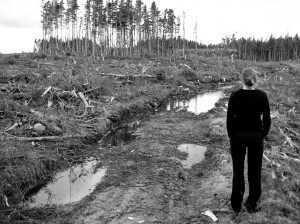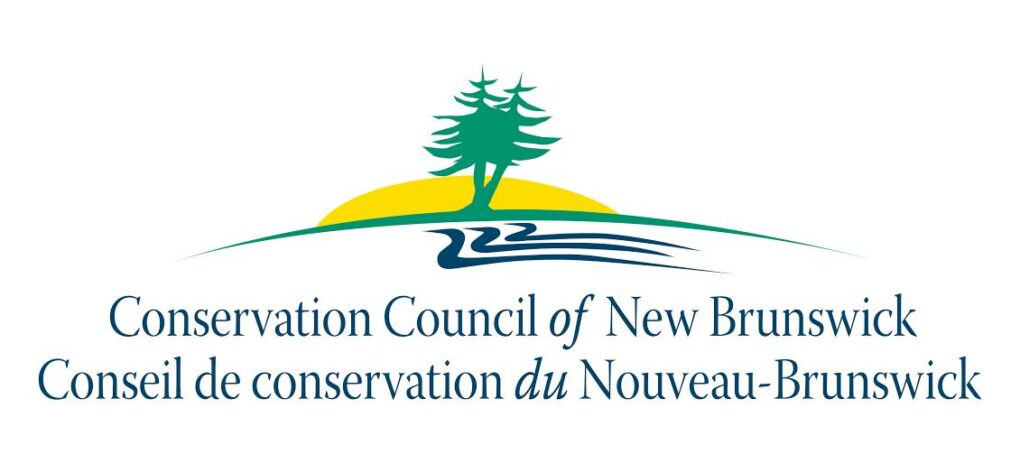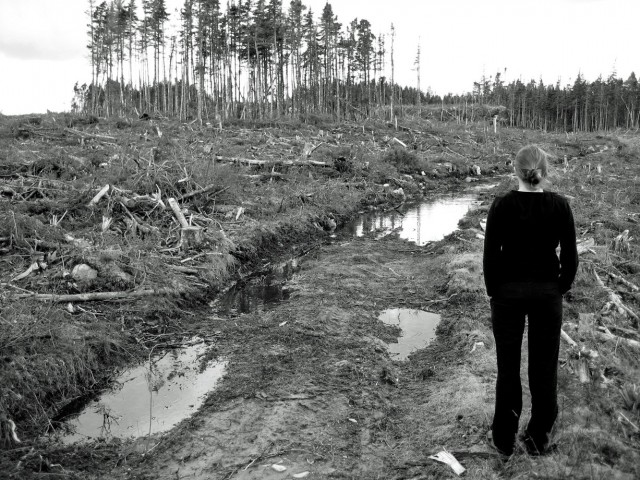 Fredericton – Citing scientific evidence and public opposition, CCNB is renewing calls for the provincial government to cease herbicide spraying of the province’s public forest with the return of the 2013 spray season. Glyphosate-based herbicides are sprayed on 12,000 to 14,000 hectares of softwood plantations and cutover areas on public land in New Brunswick every year.
Fredericton – Citing scientific evidence and public opposition, CCNB is renewing calls for the provincial government to cease herbicide spraying of the province’s public forest with the return of the 2013 spray season. Glyphosate-based herbicides are sprayed on 12,000 to 14,000 hectares of softwood plantations and cutover areas on public land in New Brunswick every year.
“The government needs to respect the concerns of New Brunswickers who are opposed to this outdated and irresponsible practice,” says Tracy Glynn, CCNB’s Forest Campaign Director. She points to three petitions against herbicide spraying of public lands that were signed by thousands of New Brunswickers and presented in the Legislature in the past decade.
“Recent scientific studies that link glyphosates to serious human health impacts have triggered a Health Canada review of the herbicide. The results of which will not be known until 2014. Beyond human health concerns, the diversity of our forest has suffered with its application,” says Glynn. “Old spruce and fir stands and beautiful maple and birch ridges have been clearcut, doused with herbicides and replaced with tree farms. Herbicides kill broad leaf trees, shrubs and grasses destroying the food source and habitats of many species found in our forest.”
A 2012 literature review by Department of Natural Resources (DNR) biologists Rod Cumberland and JM DeVink suggests that glyphosates have reduce the carrying capacity for deer by removing significant amounts of hardwood browse. They also cite DNR plantation stocking data that clearly show hardwoods do not “bounce back” as has been suggested for years by DNR staff and poorly cited literature, but plantations remain 95-100% stocked with softwoods. They suggest this clearly removes thousands of tonnes of deer and moose browse from Crown land and could be at the heart of why deer and moose numbers have plummeted here over the past 10 years.
New Brunswick has been spraying herbicides since the 1970s when it first permitted pulp and paper companies to clearcut natural forest and replace it with plantations. Spraying usually occurs one to two years after a plantation has been established. Herbicides are sprayed once or twice over plantations to poison hardwood trees and shrubs that compete with the planted softwood trees for space and nutrients. Spraying occurs each year in August and September and lasts about 40 days.
“New Brunswickers are also shocked to learn that the province pays for the chemical spraying of its public forest and conversion of vast swaths of natural forest to simple plantations,” adds Glynn. According to figures from Natural Resources Canada, silviculture practices on public land that include herbicide treatments can exceed $1,000/ha.
“Our neighbours have abandoned herbicides as part of their move into 21st century forest management and we can too,” says Glynn. Quebec banned herbicide spraying of its public forest over a decade ago in 2001. Nova Scotia is no longer funding herbicide spraying of their forest. P.E.I. is pursuing Forest Stewardship Council certification for all of its public forest; this would mean banning herbicide spraying.
-30-
Tracy Glynn, Forest Campaign Director, CCNB, 458-8747
Map of 2013 herbicide treatment in NB

